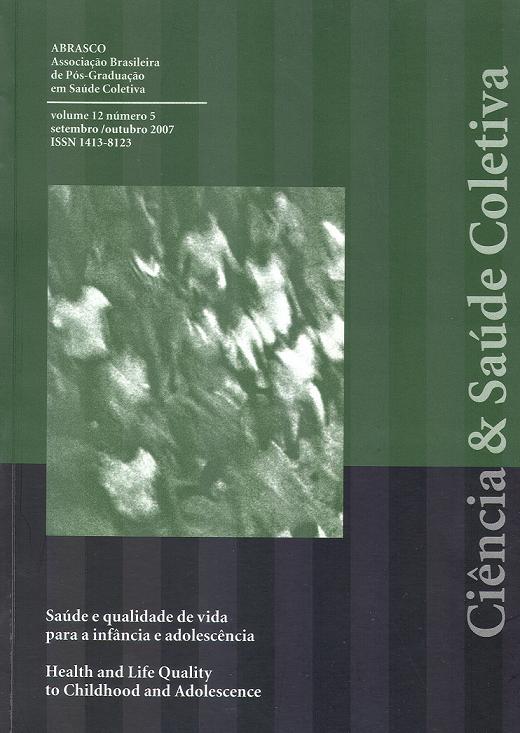Catálogo general VIH

Do ART and chemsex drugs get along? Potential drug–drug interactions in a cohort of people living with HIV who engaged in chemsex: a retrospective observational study
Resumen
Infectious Diseases and Therapy (2022) Introduction: People living with HIV (PLWH) who engaged in chemsex are at risk of potential drug–drug interactions (pDDIs) with recreational drugs. This study aimed to characterize pDDIs between antiretroviral treatment (ART) and chemsex drugs and evaluate their association with unscheduled relevant hospital consultations. Methods: We conducted a single-center, retrospective, observational study in a series of gay, bisexual, and other men who have sex with men (gbMSM) living with HIV who engaged in chemsex and who attended a tertiary hospital in Barcelona, Spain, from February 2018 through August 2019. Associations between all recorded pDDIs and relevant unscheduled consultations were estimated using the incidence rate (IR) per 100 person-years of those events compared between patients with no pDDI (green flag) or moderate severity pDDI (orange flag) with patients with high severity pDDI (red flag) using the incidence rate ratio (IRR). Results: Among 172 PLWH engaged in chemsex, 249 ART regimens were prescribed: 44% based on integrase inhibitors, 30% on boosted ART, and 26% based on non-nucleoside reverse transcriptase inhibitors. The substances and recreational drugs most frequently used were erectile dysfunction agents (83%), methamphetamine (79%), GHB (77%), and alkyl nitrites (71%). Polydrug use was reported in 52%. We observed 2048 pDDIs. Of these, 23% were orange flag pDDIs; 88% related to boosted ARTs. The IR of the 285 unscheduled relevant episodes in patients with orange flag pDDIs was 64.67 (95% CI 40.07–89.28). The IRR of green flag pDDIs was 1.05 (95% CI 0.60–1.8; p = 0.876). Conclusion: One in four pDDIs were of moderate severity but no significant increase in the incidence of unscheduled relevant consultations was observed. A high number of unscheduled consultations, predominantly for psychiatric events and intoxication, were observed. Beyond using non-boosted ART to minimize pDDIs, other factors related to the practice of chemsex must be addressed, in order to offer a better approach.
Autoría:
DE LA MORA, Lorena; NEBOT, María J.; MARTÍNEZ REBOLLAR, María; DE LAZZARI, Elisa; TUSET CREUS, Montserrat; LAGUNO CENTENO, Montserrat; AMBROSIONI, Juan; MIQUEL DE MONTAGUT, Laia; BLANCH ANDREU, Jordi; UGARTE RAMOS, Ainoa; GONZÁLEZ CORDÓN, Ana; INCIARTE, Alexy; CHIVITE, Iván; SHORT, Duncan; SALGADO GARCÍA, Emilio; MARTÍNEZ, Esteban; BLANCO ARÉVALO, José Luis; MALLOLAS MASFERRER, Josep
Ficha bibliográfica
- Año de publicación:
- 2022
- Publicación:
- Philadelphia : Springer Science
- En :
- Número:
- Vol. 11, no. 6 (December 2022), p. 2111-2124
- Formato:
- Artículo
- Más información:
-
Contenidos relacionados
También te pueden interesar
-
Long-term health outcomes of people with HIV engaged in chemsex: a prospective cohort study on drug use, sexual behaviour, sexually-transmitted infections and vulnerability
-
Increasing emergency department admissions for chemsex-related intoxications in Barcelona, Spain, among people living with HIV: an observational study from 2018 to 2020
-
Vivencias y estrategias comunitarias de manejo del riesgo dentro de las prácticas chemsex: un estudio cualitativo




